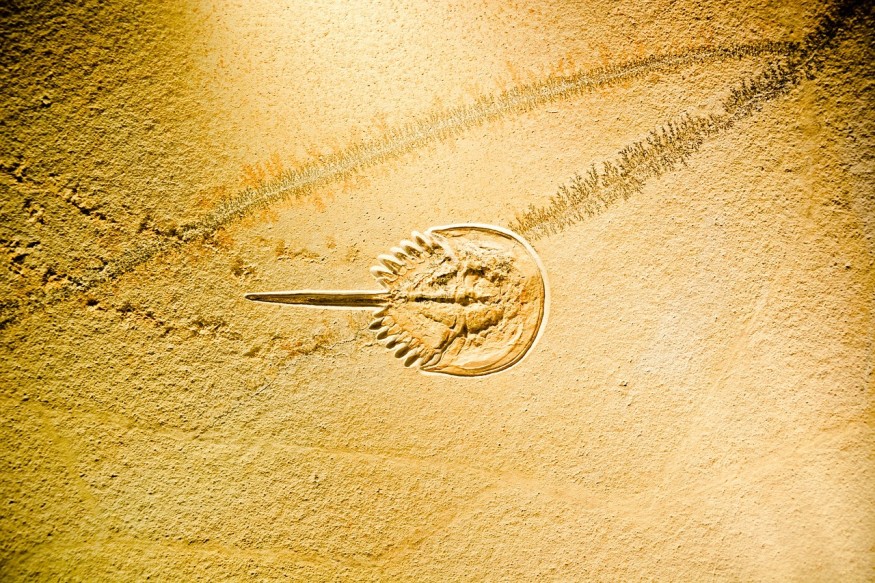
Canadian Paleontologists recently announced the discovery of exceptionally well-preserved fossils of an arthropod near the eastern shore of Lake Simcoe in Ontario, Canada. The fossils were in a stone quarry considered a hotbed for marine fossils dubbed "Paleo Pompeii."
The species, called Tomlinsonus dimitrii, is a specimen part of an extinct group of arthropods called marrelomorphs that lived during the Ordovician period. Marrelomorphs can be divided into two groups based on the shape of their cephalic shields and structures. The one recently discovered has no eyes and uses stilts to go around.
Exceptionally Well-Preserved Ancient Arthropod That Has No Eyes, Travel With Stilts Discovered in Canada
Rare Soft-Tissue Preservation in Paleo Pompeii
Echinoderm fossils have been excavated before in Paleo Pompeii and most of them contain mineralized body parts that were preserved over time. But as Live Science reported, this is the first time that they were able to dig soft-bodied species.
University of Toronto doctoral candidate Joseph Moysiuk said they were not expecting to find the species at the site since previous excavations only resulted in dinosaur bones and shells. The recent discovery is startling since soft-tissue preservation is very rare and only a few sites worldwide where soft-bodied species were found.
The fossil measures about 2 inches (6 centimeters) or just as long as an index finger and can fit in the palm. It has an ornate head shield with two curved horns covered with hair-like spines. Its body is similar to spiders, with several segmented limbs and one very unusual pair.
"Underneath the head, there is this amazing pair of limbs that are extremely long and have foot-like projections at the terminal ends, which we think is most likely used to stilt its way across the seafloor," Moysiuk told Live Science. "It also appears to be blind, since it doesn't have any eyes at all."
Before this discovery, study co-author George Kampouris also worked on investigating the quarry's fossil beds which led them to the discovery of other marrellomorphs. The team said that the newly discovered species look like another extinct soft-bodied arthropod called Marella splendens found in the Burgess Shale.
They hope that the findings of their study, titled "A New Marrellomorph Arthropod From Southern Ontario: A Rare Case of Soft-Tissue Preservation on a Late Ordovician Open Marine Shelf," published in the Journal of Paleontology, will help close the gap in the fossil records of arthropods.
What are Marrellomorph Arthropods?
According to Paleontology Online, marrellomorph arthropods are divided into two groups, which are the Marrella splendens and the acercostracans. They differ in the shape of their shields and structures.
For instance, Marrella splendens have a short head with two appendages and a cephalic shield with extensive spines as long as its entire trunk. They have spines that may be fringed with secondary spines likely used to ward off predators. They are the most abundant arthropod in the Cambrian Burgess Shale.
Meanwhile, acercostracans have a cephalic shield extending to the sides and back into a heart-shaped carapace covering its entire body, which is different from the first group. Studies reveal that acercostracans may have come from the fusion of marrellid-like spines during its evolution.
Despite their differences, both groups possess a long, thin body with numerous limbs that get smaller towards their back and appendages that bear multi-segmented outer branches and share other structures they used to breathe.
RELATED ARTICLE: Can Internal Organs of Prehistoric Species Be Preserved? Paleontologists Discover Fossilized Central Nervous System of 310 Million-Years-Old Arthropod
Check out more news and information on Paleontology in Science Times.
© 2025 ScienceTimes.com All rights reserved. Do not reproduce without permission. The window to the world of Science Times.










